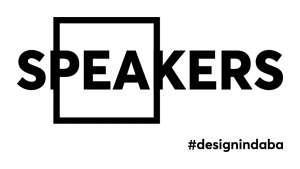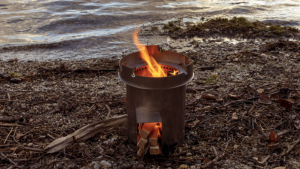From the Series
Year after year, headlines argue that technology pushes us further and further away from each other and further away from the ways of the past. But this is not always true for design. A layered field of innovation, design can be simultaneously steeped in tradition while drawing on advancements in data visualisation, architecture, manufacture and art. At this year’s Design Indaba Festival we look to these design hybrids as we chart a way forward. In particular, Chilean studio gt2P (Great Things To People) promotes new technologies such as digital crafting by embodying the richness of their Chilean heritage.
Founded in 2009, the work of gt2P is shaped by "paracraftic" design, a practice of algorithmic thinking in which the relationship between elements is used to manipulate and inform the design of complex geometries and structures. Their latest project, the second in their collaborative efforts with the New York-based gallery Friedman Benda, uses the paracrafter design paradigm to reimagine “re-molten” Chilean volcanic lava.
The Chilean mainland is home to around 2000 volcanoes of which 500 are considered geologically active. Around 300 eruptions have been recorded over the last 450 years. At the sites of these volcanoes; Villarrica, Llaima, Calbuco and others, traces of eruption line the slopes. Large rocks expelled many kilometres from the crater and petrified lava rivers both contain the volcanic lava of the Los Andes, a material gt2P have transformed to its original state and then controlled to create functional stools.
Called Re-Molten, the project is an example of the practical research undertaken by the studio. This “paracrafting” has resulted in a number of projects that connect the traditional experience of design to the integration of the stages of design, development and production.
In the first prototypes, the pieces were created by allowing the volcanic lava to adhere to the surfaces of stoneware with a range of slopes. The shape of the object was preserved even after it was covered by the lava. In the first series, the designers were able to control the process using temperature, creating three texturally unique handmade pieces.
To bring their focus of systematic interrogation and heritage to life, gt2P will be collaborating with South African ceramicist Andile Dyalvane to create a never-before-seen installation.














